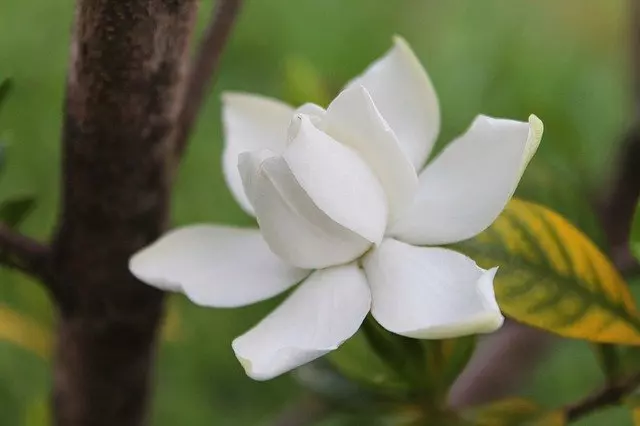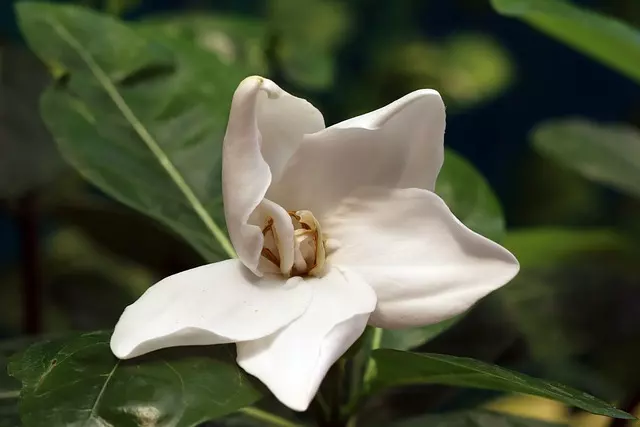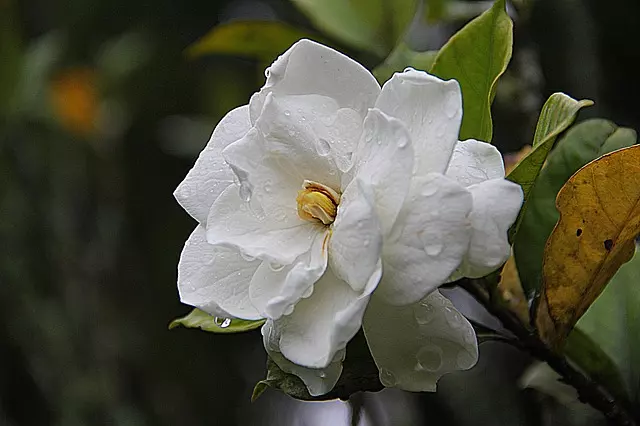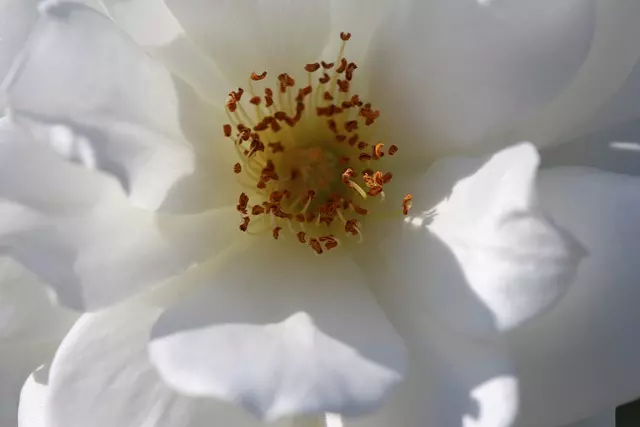Any plant for productive or ornamental use requires care that includes watering with good drainage, fertilizers, particularly plants with flowers and or fruits, and, of course, the control of its growth by pruning and trimming when needed and at the proper season. Gardenia, also known as Jasmine, is not an exception. In this article, learn How and When to Prune Gardenias. Also, there is a section explaining When to prune Gardenias in Georgia that may be useful to gardeners in other states that have frost or snowfall.
Gardenia plant, also named Gardenia jasminoides is an ornamental plant with fragrant white or white-creamy flowers and is popular in traditional Chinese medicine.
Gardenias are shrubs and evergreens that can grow and turn into small trees that can reach a height of up to 49 ft (1 to 15 meters). Leaves are opposite or in three or four whorls, 5-50 centimeters long and 3-25 centimeters wide, dark green and glossy with a leathery texture, and 5-50 centimeters long and 3-25 centimeters wide.
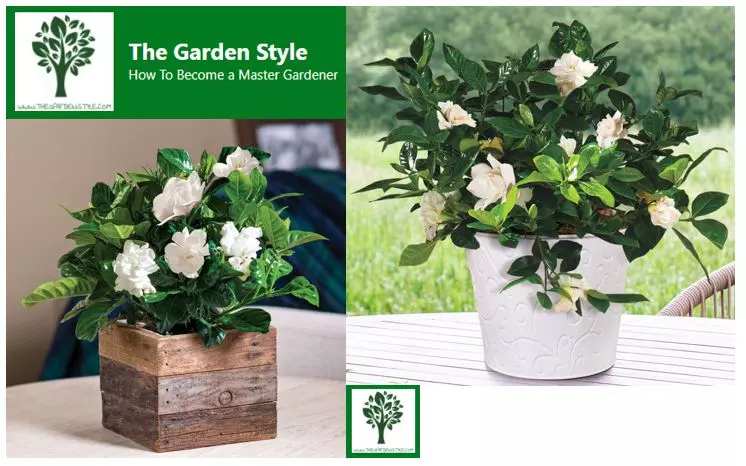
Table of Contents
Why You Should Prune a Gardenia Plant
First, let’s understand Why it is necessary to Prune Gardenia Plants. As for Gardenia, the Gardenia plant should be pruned at least once a year, preparing the plant for the future season and flowering.
Pruning Gardenias is recommended at least yearly to promote proper and lush flowering. In addition to pruning Gardenia plants, some trimming of smaller or damaged branches may also be required to complete the maintenance of the plant.
The Gardenia plant is a category of climbing species with rapid growth and striking and fragrant flowering. Pruning Gardenias helps to control its growth, encourages the emergence of more vigorous stems, and improves flowering.
Do I need to Prune Gardenias?
Many readers usually ask Do I need to Prune Gardenias? All species? And yes, you must prune gardenia plants regardless of the species. Gardenia plants may need some pruning to re-shape as a shrub every year and improve the blooming.
Likewise, you will not require too many instruments to prune gardenia plants since with some good quality pruning shears, It will be enough.
Nor will you need, in most cases, a ladder or scaffolding to work since the cuts are usually at the bottom. Of course, the use of gloves is convenient and highly recommended.
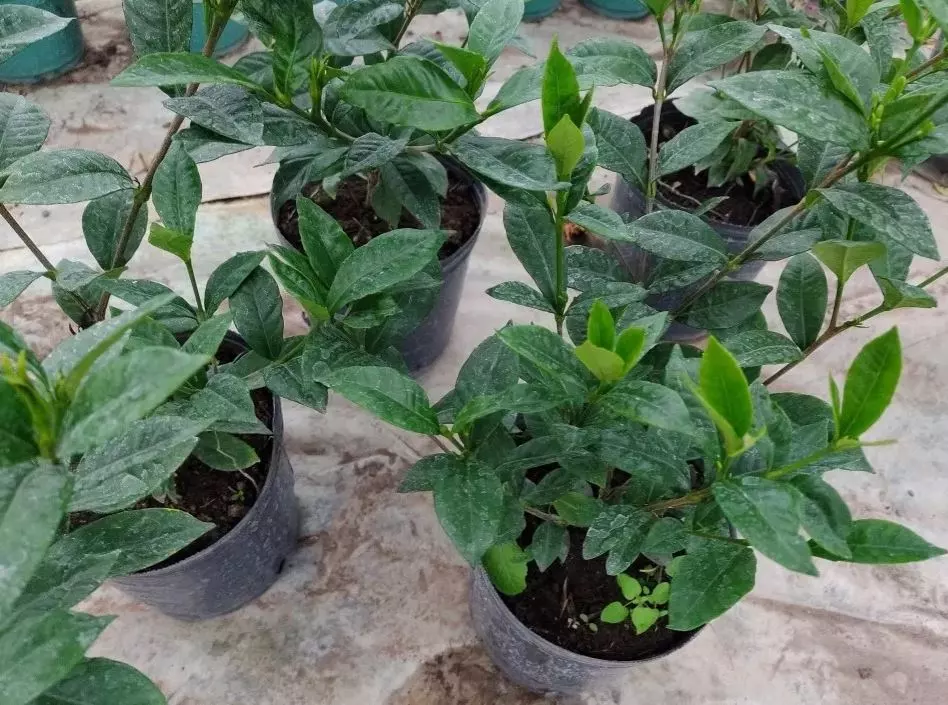
How and When to Prune Gardenias
We encourage you to continue reading to learn essential tips related to Prune Gardenia Plants. In the following paragraph, review How and When to Prune Gardenias.
Pruning Gardenia Plants are required to avoid the crossing of stems and the formation of intricate and aged woody branches that can harm the development of the plant.
It is widespread to see hickeys, dry stems, sprouts from below, stumps, etc. All of that, with a lot of skill and without the need for much force, will go out, and we will eliminate it from the plant.
If the Gardenia plant is still young, it may need some little trim, and pruning can be done in-depth, leaving stems 1 meter high.
If the Gardenia plant is grown, the prune should be done respecting the main stems since they are part of the structure of the plant. Of course, we will cut the secondary branches, which will be born from the new shoots from the primary ones.
First of all, remove affected stems, diseased or damaged. With this, we rejuvenate the plant and gain in health.
Once the first step is done, we will focus on the crossed stems or tangled since they are usually vegetative stems and will not produce flowers. We often find ourselves with a tangle of stems without knowing where to start. Go to the bottom and cut the main one.
Focus on keeping the main stem, cutting the secondary ones or those not in the “support branches”. This will control the future development of stems to prevent them from growing in the wrong direction.
Makes rejuvenation pruning, with significant cuts 20 inches (50 cm) from the base of the stem for aged Gardenia plants or in need of revival.
Don’t be afraid to go overboard with Gardenia pruning; its growth habit is quite vigorous.
- Drop forged body and handles.
- Quality blade made of Premium Titanium steel with Ultra-fine Polishing Technology.
- Ergonomically designed non-slip handles are strong,lightweight,and comfortable.
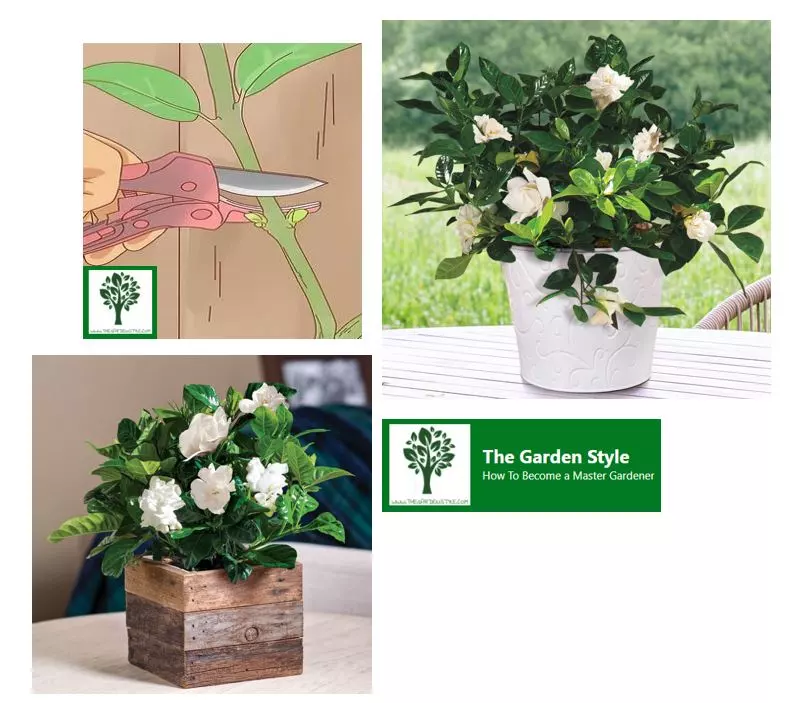
How to Prune Potted Gardenia Plants
How to Prune Potted Gardenia Plants. There are no differences between how to prune a potted Gardenia plant or another Gardenia plant growing in the ground. Instead, the differences are in growth habits or the ability to develop branches.
It is very easy in this type of cultivation that branches intersect, and there is a lot of confusion about which part to remove. Focus your efforts on cleaning the lower amount, which usually accumulates dry branches, and promoting the aerial part, where it has more flower buds.
- Green leaf foliage with white blooms
- USDA zones 7-9
- Plant in sun to part shade
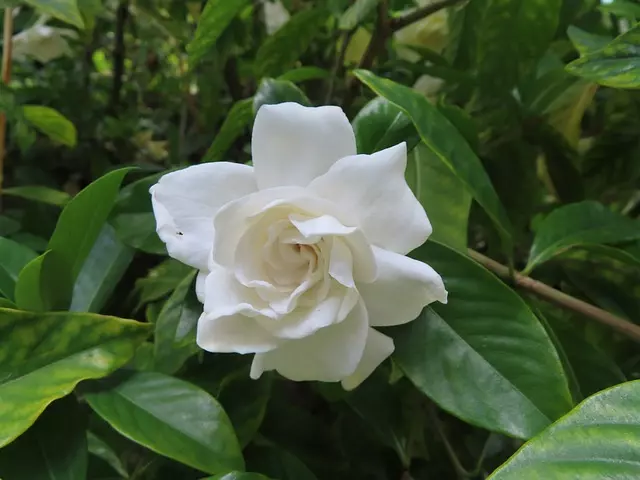
When to Prune Gardenias
Now, let’s review the appropriate time of the year to prune gardenia plants. In the following paragraph, you will find tips to understand When to Prune Gardenias.
Gardenia shrubs should be pruned after the flowers have faded in summer. Gardenias generate their buds for the following year in the fall, so pruning in summer allows some of the old wood to be removed without cutting off the newly formed buds.
From May to July in the northern hemisphere, trim the branches by 2 to 3 inches just after flowering. Gardenias should not be pruned too late in the season, usually after August but as late as October in some areas. The tender green shoots that result will not have time to harden and will be killed by a frost or freeze.
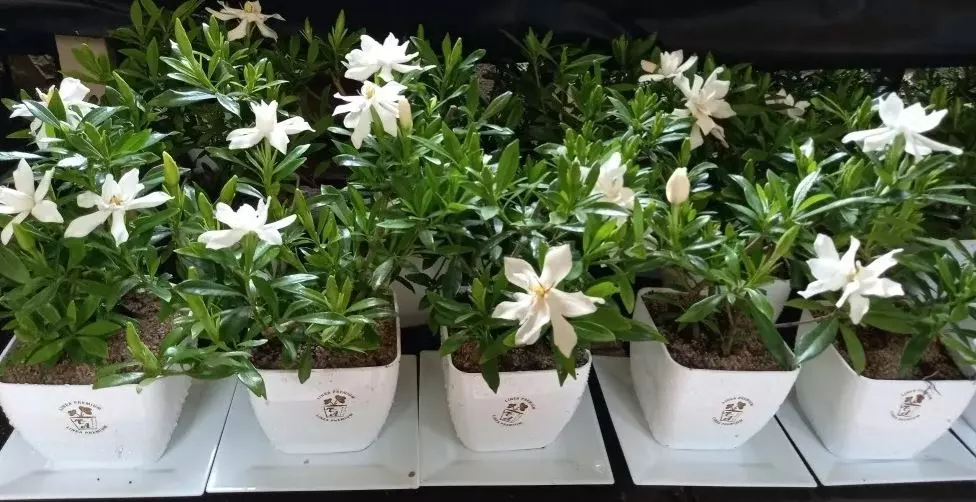
When to Prune Gardenias in Georgia
When to Prune Gardenias in Georgia. After the blooming season is done, but before the daily temperature drops below 65 °F (18 °C), prune your gardenia bush. When the blossoms start to fade, you’ll know it’s time to prune the bush. After the flowers have faded, prune the bush 1 or 2 weeks later.
These are our recommendations for knowing When to Prune Gardenias in Georgia. If gardenia pruning were to occur late when there is a risk of frost, this could be dangerous to the forming and developing buds. If you notice that the weather is cold, with frost, it is advisable not to prune the gardenia plant and wait until the end of winter, when there is no more frost to prune the gardenia plant. This is not the ideal time, but the buds will still be able to develop. However, it would be best if you were careful not to remove branches with already formed and developing buds. The bloom will be lost until the following year if the developing buds are removed.
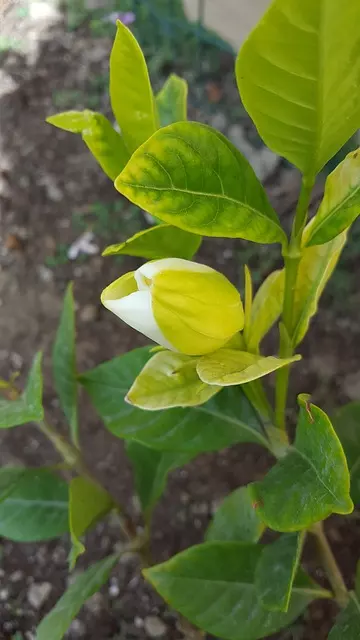
Prune Gardenia: Care After Pruning
Gardenia Care After Pruning. After trimming and or pruning Gardenia plants, and in the spring, don’t forget to fertilize with phosphorus and nitrogen-rich fertilizers, as well as organic matter-rich chemicals, to help the plant grow and form new roots.
Fertilize your gardenia bush twice a year. After pruning your gardenia bush is one of the best times to fertilize it. Use a fertilizer with a nitrogen, phosphorus, and potassium ratio of 3-1-2 or 3-1-3. Follow the fertilizer packaging instructions for the amount to use, and mix it into the soil around your gardenia bush.
While there are several reasons why gardenia leaves become yellow or brown, the most prevalent are overwatering, mineral deficiency, and lack of sunlight. Don’t worry if you’ve seen any yellowing leaves on a gardenia; follow the link to learn more about it and how to fix it.
